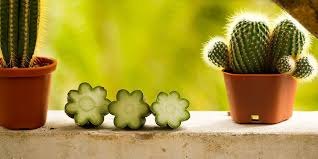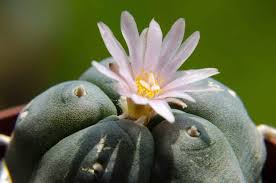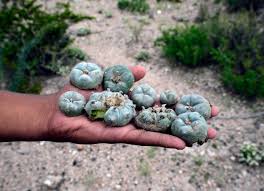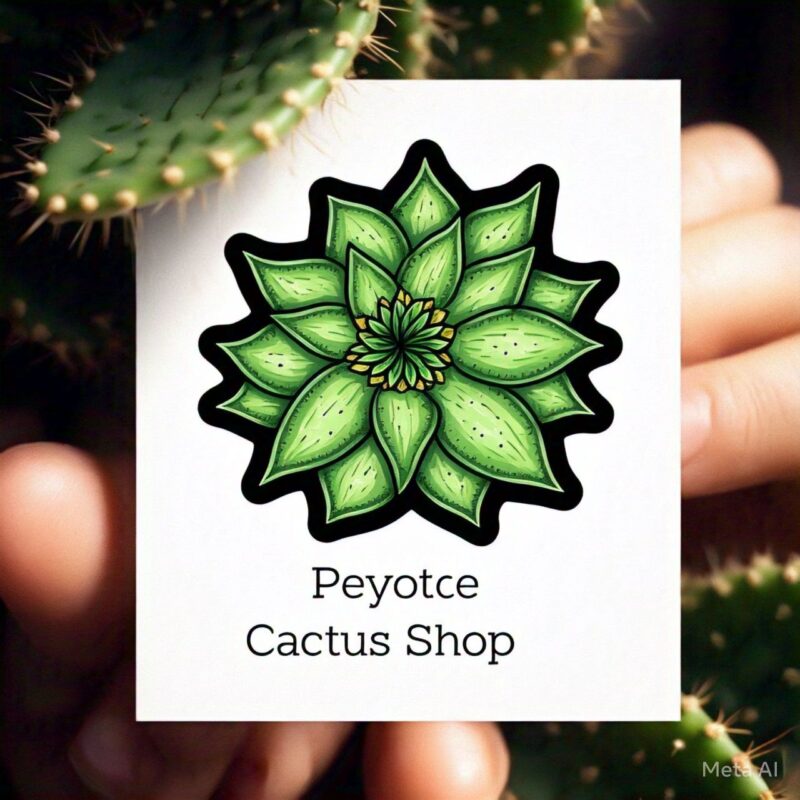Uncategorized
The Ultimate Mescaline Cactus Guide
The Ultimate Mescaline Cactus Guide
Mescaline, a naturally occurring psychedelic compound, has been used for centuries in spiritual ceremonies and as a tool for self-discovery. Found in certain species of cacti, mescaline offers a unique experience that blends vivid visuals with deep introspection. If you’re curious about the san pedro cactus mescaline, this guide will provide everything you need to know—from identifying the right species to growing and safely consuming these sacred plants.

What Is a Mescaline Cactus?
A san pedro cactus mescaline is a type of cactus that naturally produces mescaline, a psychoactive compound known for its hallucinogenic effects. These cacti have been used traditionally by indigenous cultures for spiritual and medicinal purposes, and they remain popular today among those seeking a profound connection to nature and the self.
Top Mescaline Cactus Species
- Peyote (Lophophora williamsii)
- The most famous mescaline cactus.
- Small, button-like appearance without spines.
- Contains high concentrations of mescaline.
- San Pedro (Echinopsis pachanoi)
- Tall, columnar cactus native to the Andes Mountains.
- Easier to cultivate than peyote.
- Peruvian Torch (Echinopsis peruviana)
- Similar to San Pedro but with higher mescaline content.
- Features distinctive blue-green colouring.
- Bolivian Torch (Echinopsis lageniformis)
- Another columnar cactus with psychoactive properties.

The History of Mescaline Cactus Use
Ancient Traditions
Indigenous peoples in the Americas have used mescaline cacti for thousands of years in religious ceremonies. These plants are considered sacred and are often used to facilitate spiritual visions and connect with divine energies.
Modern Psychedelic Movement
In the 20th century, mescaline gained popularity among Western researchers and artists, with notable figures like Aldous Huxley praising its ability to unlock the “doors of perception.” Today, it’s part of the broader psychedelic renaissance being studied for its therapeutic benefits.
How to Grow Mescaline Cactus
Growing a mescaline cactus is a rewarding process, whether you’re cultivating it for spiritual use or simply to appreciate its beauty.
Step 1: Choose the Right Species
For beginners, san pedro cactus mescaline is the easiest to grow, while more experienced growers might enjoy the challenge of cultivating peyote.
Step 2: Provide Ideal Conditions
- Light: Mescaline cacti thrive in bright, indirect sunlight.
- Soil: Use well-draining cactus soil to prevent root rot.
- Water: Water sparingly, allowing the soil to dry out completely between waterings.
Step 3: Patience Is Key
These cacti grow slowly, especially peyote. Be prepared to wait several years before your plant reaches maturity.
How to Safely Consume Mescaline Cactus
Preparation
- Harvesting: For peyote, remove the “buttons.” For columnar cacti like san pedro cactus mescaline, cut sections of the cactus.
- Processing: Peel and de-spine the cactus. It can be consumed raw, brewed into a tea, or dried and ground into powder.
Dosage Guidelines
The potency of mescaline varies by cactus species and individual plants. Start with a low dose to gauge its effects:
- Psychedelic: 6–8 buttons for a moderate experience.
- San Pedro/Peruvian Torch: 200–300 grams of fresh cactus or 25–30 grams dried.
Set and Setting
Create a safe, comfortable environment and surround yourself with trusted individuals. Psychedelics like mescaline are best experienced with intention and respect.

Legal Status of Mescaline Cacti
The legal status of san pedro cactus mescaline varies by country and region:
- United States: Peyote is federally controlled, but exemptions exist for Native American religious use. san pedro cactus mescaline and Peruvian Torch are legal to grow but illegal to consume.
- Canada: Similar to the U.S., peyote is restricted, while other cacti are legal to own.
- Europe: Laws vary widely, with many countries restricting mescaline but not the cacti themselves.
Always research local regulations before purchasing or growing mescaline cacti.
Therapeutic Benefits of san pedro cactus mescaline
1. Emotional Healing
Studies suggest mescaline can help users process unresolved trauma and achieve emotional breakthroughs.
2. Enhanced Creativity
Many users report heightened creativity and new perspectives, making mescaline popular among artists and writers.
3. Spiritual Growth
Mescaline is often described as a tool for profound self-discovery and connection to the universe.
4. Potential Clinical Use
Ongoing research explores mescaline’s potential to treat depression, PTSD, and addiction.
How to Identify Authentic Mescaline Cactus Sources
Due to its popularity, the market is filled with counterfeit seeds and mislabeled plants. Here’s how to ensure you’re buying authentic mescaline cacti:
- Buy from Reputable Vendors: Look for well-reviewed suppliers with a history of selling high-quality seeds and plants.
- Check for Scientific Names: Authentic sellers list cacti by their Latin names (e.g., Lophophora williamsii, Echinopsis pachanoi).
- Examine the Plant: Peyote has a distinct button-like appearance, while San Pedro and Peruvian Torch are tall and columnar.
Popular Mescaline Cactus Products
- Mescaline Cactus Seeds
- Ideal for those who want to grow their own plants.
- Available for peyote, san pedro cactus mescaline, and Peruvian Torch.
- Mescaline Cactus Cuttings
- Pre-grown sections of cactus for quicker cultivation.
- Dried Mescaline Cactus
- Ready-to-use form for consumption or spiritual ceremonies.
Tips for First-Time Mescaline Users
- Research and Respect: Understand the history and cultural significance of mescaline cacti before use.
- Prepare Mentally: Approach the experience with a clear intention.
- Have a Sitter: A trusted, sober companion can provide support if needed.
- Start Small: Begin with a low dose to familiarise yourself with the effects.
Common Myths About Mescaline Cactus
Myth 1: Mescaline Cactus Is Dangerous
Truth: When used responsibly, mescaline cacti have a long history of safe use. Most risks arise from improper preparation or unsafe environments.
Myth 2: It’s Easy to Grow Peyote
Truth: Peyote grows extremely slowly, often taking over a decade to mature.
Where to Buy Mescaline Cactus
Finding authentic mescaline cacti can be a challenge. Look for vendors who specialise in rare and exotic plants, and always verify their reputation through reviews. Be cautious of illegal sales, as buying and consuming mescaline may be restricted in your area.
Embracing the Sacred Mescaline Cactus
The san pedro cactus mescaline is more than just a plant—it’s a gateway to spiritual growth, emotional healing, and profound self-discovery. Whether you’re cultivating your own peyote or exploring the vivid landscapes offered by san pedro cactus mescaline, these sacred cacti hold a unique place in both history and modern psychedelia.
By respecting their cultural significance, preparing responsibly, and sourcing plants ethically, you can embark on a journey that’s as enriching as it is transformative.

